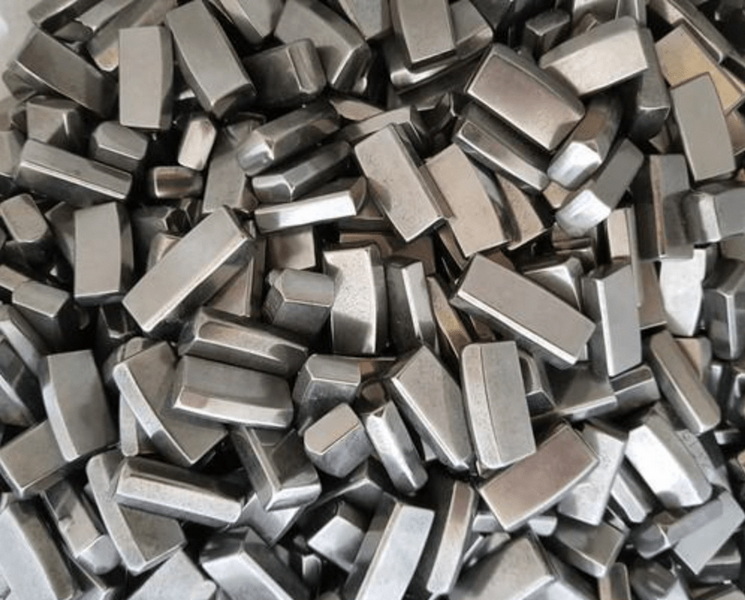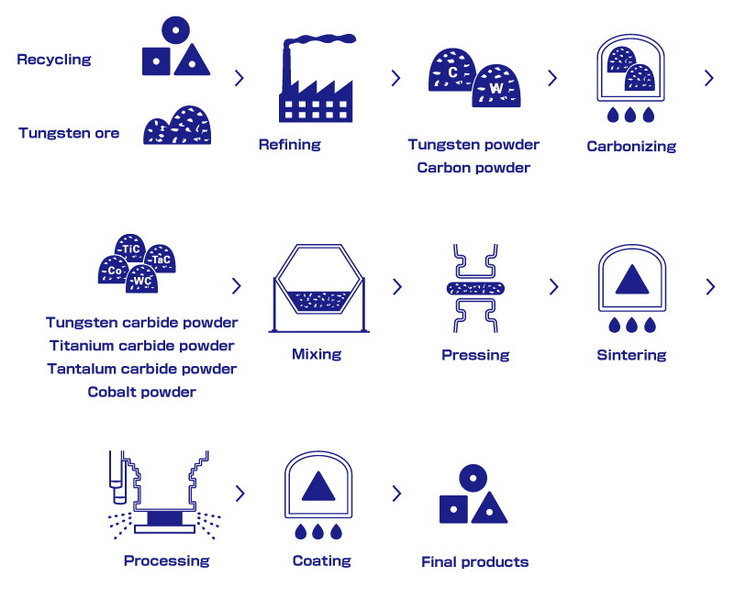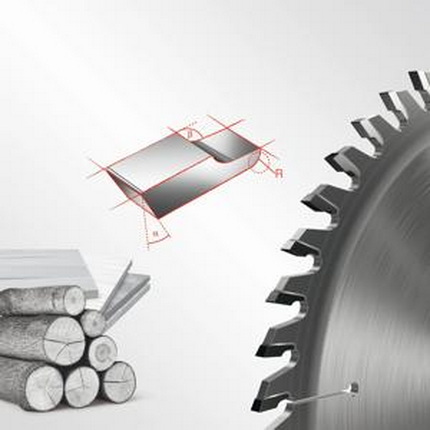Content Menu
● Understanding Melting Points
● Materials with Higher Melting Points
>> 1. Tungsten
>> 2. Carbon
>> 3. Tantalum Hafnium Carbide
● Comparing Properties
● Applications of High Melting Point Materials
>> Tungsten Carbide Applications
>> Tungsten Applications
>> Carbon Applications
>> Tantalum Hafnium Carbide Applications
● The Importance of High Melting Points in Industry
>> Aerospace and Space Exploration
>> Manufacturing and Metalworking
>> Energy Sector
>> Defense and Armor
● Challenges in Working with High Melting Point Materials
● Future Developments
● Conclusion
● FAQ
>> 1. What is the melting point of tungsten carbide?
>> 2. How does the hardness of tungsten carbide compare to other materials?
>> 3. What are the main applications of tungsten carbide?
>> 4. How is tungsten carbide typically manufactured?
>> 5. Are there any health concerns associated with working with tungsten carbide?
● Citations:
Tungsten carbide is renowned for its exceptional hardness and high melting point, making it a crucial material in various industrial applications. However, when it comes to melting points, there are indeed substances that surpass tungsten carbide. This article will explore the world of high-temperature materials, comparing tungsten carbide to other substances with even higher melting points, and discussing their applications and properties.

Understanding Melting Points
Before delving into the comparison, it's essential to understand what a melting point is and why it matters. The melting point of a substance is the temperature at which it transitions from a solid to a liquid state under standard atmospheric pressure. This property is crucial in determining a material's suitability for high-temperature applications.
Tungsten carbide, a compound of tungsten and carbon, has a remarkably high melting point of approximately 2,870°C (5,198°F)[3][5]. This impressive thermal resistance makes it valuable in various industries, from cutting tools to aerospace components. However, several other materials exceed this temperature threshold.
Materials with Higher Melting Points
1. Tungsten
Interestingly, pure tungsten, one of the constituent elements of tungsten carbide, has a higher melting point than the compound itself. Tungsten melts at an astounding 3,422°C (6,192°F)[9]. This makes it the metal with the highest melting point and one of the most heat-resistant materials known.
2. Carbon
Carbon, in its graphite form, doesn't melt but instead sublimes directly from solid to gas at around 3,642°C (6,588°F)[1]. This property makes carbon-based materials crucial in ultra-high temperature applications.
3. Tantalum Hafnium Carbide
Tantalum hafnium carbide (Ta4HfC5) holds the record for the highest melting point of any material tested, with a melting point of approximately 4,215°C (7,619°F)[1]. This ultra-high-temperature ceramic compound showcases the potential of engineered materials to withstand extreme conditions.
Comparing Properties
While melting point is a crucial factor, it's not the only property that determines a material's usefulness in high-temperature applications. Let's compare some key properties of these materials:
| Property | Tungsten Carbide | Tungsten | Carbon (Graphite) | Tantalum Hafnium Carbide |
| Melting Point (°C) | 2,870 | 3,422 | 3,642 (sublimation) | 4,215 |
| Hardness (Mohs scale) | 9.0-9.5 | 7.5-8 | 1-2 | ~9 |
| Density (g/cm³) | 15.6-15.8 | 19.3 | 2.2 | ~14.5 |
This comparison highlights that while some materials may have higher melting points, tungsten carbide offers a unique combination of high melting point, extreme hardness, and high density, making it invaluable in many applications.
Applications of High Melting Point Materials
The exceptional thermal properties of these materials make them suitable for a wide range of high-temperature applications:
Tungsten Carbide Applications
1. Cutting Tools: Tungsten carbide is extensively used in manufacturing cutting tools, drills, and milling cutters due to its hardness and wear resistance[6].
2. Aerospace Components: Its high melting point and strength make it suitable for jet engine components and other aerospace applications[2].
3. Mining and Construction: Tungsten carbide tips are used in mining equipment and construction tools to withstand harsh conditions[4].
4. Armor-Piercing Ammunition: Its high density and hardness make it effective in penetrating armor[3].
Tungsten Applications
1. Filaments: Pure tungsten is used in light bulb filaments and electron tubes due to its high melting point and electrical conductivity.
2. Welding Electrodes: Tungsten electrodes are used in TIG (Tungsten Inert Gas) welding for their high heat resistance.
3. Heat Shields: Tungsten is used in heat shields for spacecraft and high-temperature industrial processes.
Carbon Applications
1. Rocket Nozzles: Carbon-carbon composites are used in rocket nozzles due to their ability to withstand extreme temperatures.
2. Furnace Linings: High-temperature furnaces often use graphite linings.
3. Nuclear Reactors: Carbon is used as a moderator in some types of nuclear reactors due to its high-temperature stability.
Tantalum Hafnium Carbide Applications
1. Hypersonic Vehicles: Its ultra-high melting point makes it a potential material for the leading edges of hypersonic aircraft.
2. Nuclear Reactor Components: It could be used in next-generation nuclear reactors operating at higher temperatures.
3. Thermal Protection Systems: Potential use in advanced thermal protection systems for space vehicles.
The Importance of High Melting Points in Industry
The quest for materials with higher melting points is driven by the demands of various industries pushing the boundaries of what's possible in extreme environments. Here are some key areas where high melting point materials are crucial:
Aerospace and Space Exploration
In the aerospace industry, materials that can withstand extreme temperatures are essential for:
- Jet engine components
- Rocket nozzles
- Heat shields for spacecraft reentry
The ability to operate at higher temperatures allows for more efficient engines and better protection for spacecraft during atmospheric reentry.
Manufacturing and Metalworking
High melting point materials like tungsten carbide are invaluable in manufacturing for:
- Cutting tools for machining hard materials
- Dies and molds for metal forming
- Wear-resistant coatings
These materials allow for faster machining speeds, longer tool life, and the ability to work with harder materials.
Energy Sector
In power generation and energy exploration, materials that can withstand high temperatures are crucial for:
- Nuclear reactor components
- Drill bits for deep earth drilling
- High-temperature gas turbines
The ability to operate at higher temperatures can lead to more efficient power generation and the ability to access deeper energy resources.
Defense and Armor
Materials with high melting points and densities, like tungsten carbide, are used in:
- Armor-piercing ammunition
- Vehicle armor
- Protective equipment
These materials provide enhanced protection and penetration capabilities in military applications.

Challenges in Working with High Melting Point Materials
While materials with extremely high melting points offer significant advantages, they also present unique challenges in manufacturing and application:
1. Fabrication Difficulties: Shaping and forming these materials often require specialized techniques like powder metallurgy or advanced sintering processes.
2. Cost: Many high melting point materials are rare or difficult to process, making them expensive.
3. Brittleness: Some ultra-high temperature materials can be brittle, limiting their use in certain applications.
4. Oxidation: Many high melting point materials are susceptible to oxidation at elevated temperatures, requiring protective coatings or inert atmospheres.
5. Thermal Shock: Rapid temperature changes can cause cracking or failure in some high melting point materials.
Future Developments
Research into ultra-high temperature materials continues, with scientists and engineers exploring new compounds and composites that can push the boundaries of thermal resistance even further. Some areas of ongoing research include:
1. Novel Carbides and Borides: Exploring new combinations of elements to create compounds with even higher melting points.
2. Ceramic Matrix Composites: Developing materials that combine the high-temperature resistance of ceramics with improved toughness.
3. Nanomaterials: Investigating how nanostructures can influence and potentially enhance the thermal properties of materials.
4. Additive Manufacturing: Exploring ways to 3D print ultra-high temperature materials for complex geometries.
Conclusion
While tungsten carbide boasts an impressive melting point of 2,870°C, several materials indeed surpass it in this aspect. Pure tungsten, carbon, and tantalum hafnium carbide all have higher melting or sublimation points. However, it's crucial to remember that melting point is just one of many properties that determine a material's suitability for specific applications.
Tungsten carbide remains an invaluable material in various industries due to its unique combination of high melting point, extreme hardness, and high density. The ongoing research into ultra-high temperature materials promises to push the boundaries of what's possible in extreme environments, potentially revolutionizing industries from aerospace to energy production.
As we continue to explore and develop new materials, the lessons learned from tungsten carbide and other high melting point substances will undoubtedly play a crucial role in shaping the future of advanced materials science.

FAQ
1. What is the melting point of tungsten carbide?
Tungsten carbide has a melting point of approximately 2,870°C (5,198°F)[3][5]. This high melting point contributes to its excellent thermal stability and makes it suitable for various high-temperature applications.
2. How does the hardness of tungsten carbide compare to other materials?
Tungsten carbide is exceptionally hard, ranking about 9.0-9.5 on the Mohs scale[3]. This places it just below diamond in terms of hardness, making it one of the hardest known materials. Its extreme hardness contributes to its widespread use in cutting tools and wear-resistant applications.
3. What are the main applications of tungsten carbide?
Tungsten carbide finds applications in various industries, including:
- Cutting tools for machining
- Mining and construction equipment
- Aerospace components
- Armor-piercing ammunition
- Wear-resistant parts in industrial machinery[2][4][6]
4. How is tungsten carbide typically manufactured?
Tungsten carbide is typically manufactured through a process called sintering. This involves:
1. Mixing tungsten and carbon powders
2. Pressing the mixture into the desired shape
3. Heating the pressed form to temperatures around 1400-1600°C in a reducing atmosphere
4. Often, a small amount of cobalt is added as a binder to improve toughness[2]
5. Are there any health concerns associated with working with tungsten carbide?
While tungsten carbide itself is relatively inert, there can be health concerns associated with its production and machining:
- Inhalation of tungsten carbide dust during manufacturing or grinding can potentially cause lung issues
- The cobalt often used as a binder in tungsten carbide can cause allergic reactions in some individuals
- Proper safety measures, including dust control and personal protective equipment, should be used when working with tungsten carbide[3]
Citations:
[1] https://www.reddit.com/r/askscience/comments/2sgker/tungsten_carbide_has_the_highest_known_melting/
[2] https://www.refractorymetal.org/tungsten-carbide-uses-properties.html
[3] https://en.wikipedia.org/wiki/Tungsten_carbide
[4] https://www.tungco.com/insights/blog/5-tungsten-carbide-applications/
[5] https://www.aemmetal.com/news/tungsten-carbide-vs-titanium.html
[6] https://www.sollex.se/en/blog/post/about-cemented-tungsten-carbide-applications-part-1
[7] https://touchwood.biz/blogs/southafrica/what-is-the-difference-between-pure-tungsten-and-tungsten-carbide
[8] https://eurobalt.net/blog/2022/03/28/all-the-applications-of-tungsten-carbide/
[9] https://shop.machinemfg.com/tungsten-vs-tungsten-carbide-key-differences/
















